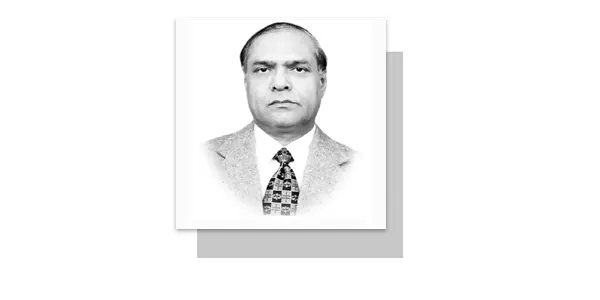GLOBAL inequality of income is a relatively recent topic. The first calculations of inequality across world citizens were done in the early 1980s. This is because in order to calculate global inequality, one needs to have data on national income distributions for most of the countries in the world, or at least for most of the populous and rich countries. But it is only from the early- to mid-1980s that such data became available for China, the Soviet Union and its constituent republics and large parts of Africa. Before moving to an analysis of global inequality, however, it is useful to set the stage by delineating what topics we shall be concerned with and what not.
This line of research, which has generated a huge literature, is interesting for a number of reasons but it has very little to tell us about income inequality among world citizens. This is basically because countries have unequal population size. Thus, a fast increase in income of a small poor country may lead to a very important, albeit not sufficiently appreciated, difference between another country with vast population. This is not a conceptual difference but rather the difference in what is a commonly used measure of welfare. So, even if everything else were fully comparable, a commonly calculated measure that uses national accounts data would differ from an equivalent measure calculated using household surveys because welfare indicators are different and because they have recently diverged for reasons that are not yet quite clear.
Whether GDP growth leads to increased inequality or not, is an old question in economics. The Kuznets curve hypothesis proposed by Simon Kuznets (1955 and 1963) holds that as incomes grow in the early stages of development, income distribution would at first worsen and then improve as a wider segment of the population participates in the rising national income. In fact, Kuznets found an inverted U-shaped relation between income inequality and GNP per head. At a first stage incomes would become more unequal while at a second stage growth would reduce inequality after some crucial level was reached. The initial studies on the Kuznets curve hypothesis used cross-sectional data and compared poor countries to rich countries in order to test hypotheses about income distribution and growth. Empirical studies on the relationship between growth and poverty have found that a lesser level of development and a higher level of inequality reduce the growth elasticity of poverty. This means that countries with a very low level of development and very concentrated income distributions have very low probabilities of leaving the poverty trap. The mineral-rich economies are a typical case. They are usually very underdeveloped and have very concentrated income distributions. The 25-year period from 1980 to 2005 has been beneficial to the poorest populations in both the developed and the developing countries. Moreover, the income gap between the developed and developing countries has been closing.
Much of this can be accounted for by the rapid growth rates in China and India. However, the experts are of the view that if the present growth rates prevail, it would take developing country people hundreds of years to close the income gap with the developed country people. Using a sample of 16 developing countries in the decade of 1980s it was found that a 3% rate of growth in consumption per capita can be expected to result in a 6-10% rate of reduction in the proportion living on less than $1 per day. On the other hand, while the Gini coefficient decreased from 0.4414 to 0.4081 in developed countries, in the developing countries it increased from 0.5219 to 0.5414. This outcome seems to endorse the idea that, for less developed countries, economic growth goes hand in hand with increasing inequality. However, as it was pointed out before, even with growing inequality poverty may be declining. Growth is only effective in reducing urban poverty when inequality is not too high. Thus, countries with high levels of inequality cannot rely on growth to reduce poverty. This result coincides with Bourguignon’s, which has been mentioned above.
The experts highlight four main points: inequality hampers poverty reduction, both because of its negative impact on the growth elasticity of poverty and because of its negative impact on the inequality elasticity of poverty, secondly, for a given poverty line, the impact of growth on poverty is stronger in richer than in poorer countries, and hence the latter will find it harder than the former to achieve fast poverty reduction. Thirdly, the share of the variance of poverty changes attributable to growth should be generally lower in richer and more unequal countries; this means that in poorer and more equal countries growth should be expected to be the main driver of poverty reduction, while inequality changes tend to play a more prominent role in richer and/or more unequal countries; and finally, given the initial levels of development and inequality, the relative poverty-reduction effectiveness of growth and inequality changes depends on the poverty line – the higher the poverty line, the bigger the role of growth and the smaller the role of distributional change.
The inequality elasticity falls as inequality rises, for a given value of average income relative to the poverty line. However, relationship is highly nonlinear, and at very low levels of development its sign is reversed. The more equal and the poorer the economy more effective growth will be relative to redistribution in attacking poverty. As the economy becomes richer and more unequal, distributional change plays a relatively larger role in poverty changes. At very low levels of development the poverty-reducing effects of growth outweigh poverty-raising effects of a worsening distribution of income. So, when poverty reduction is overriding policy objective, poorer and relatively equal countries may be willing to tolerate modest increases in income inequality in exchange for faster growth more so than richer and highly unequal countries.
—The writer is Former Civil Servant and Consultant (ILO) & International Organisation for Migration and author of seven books.









